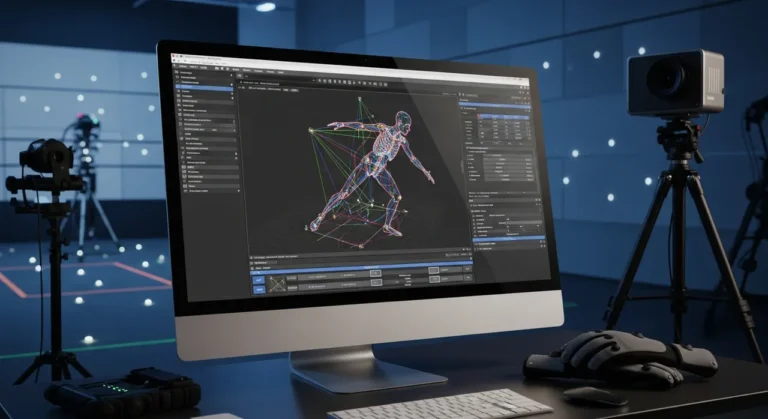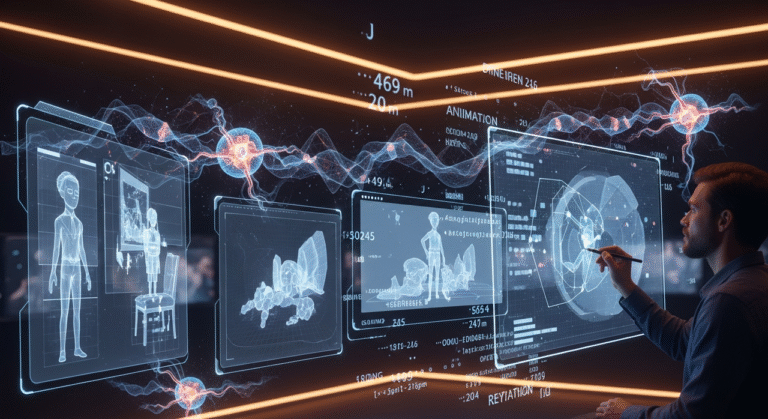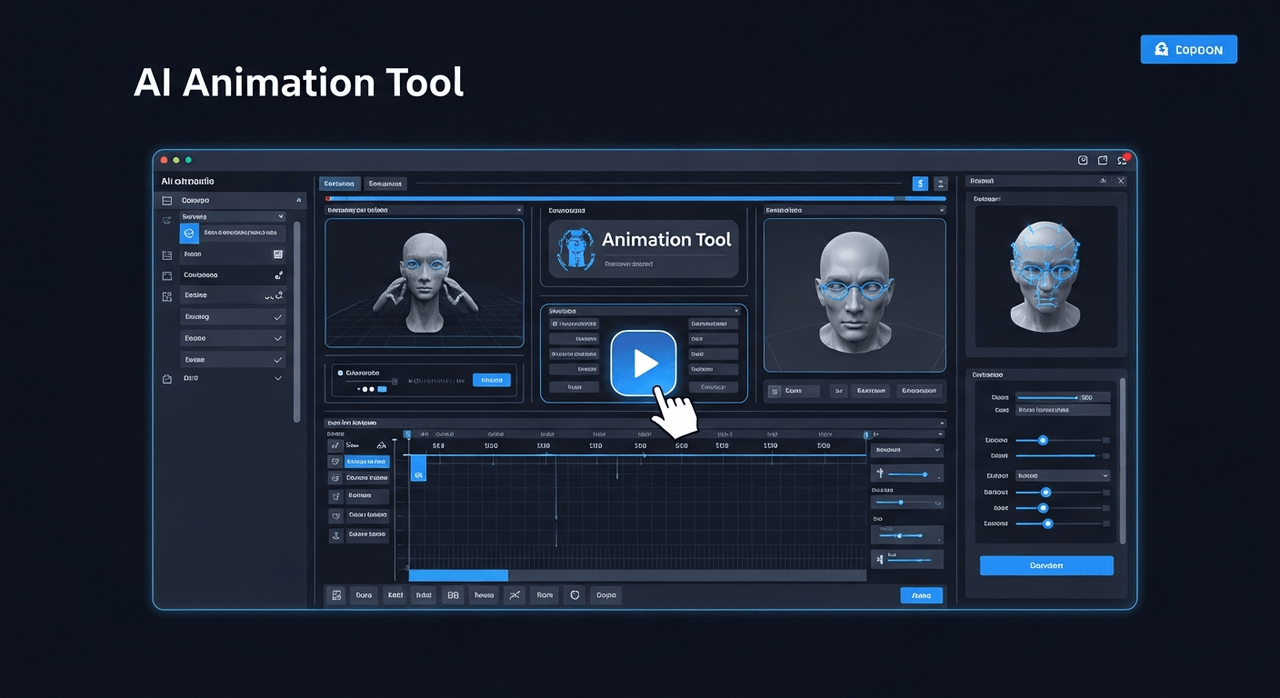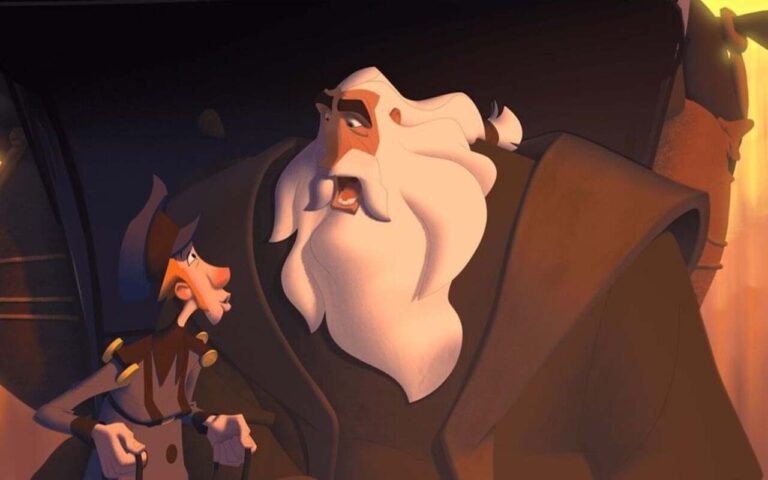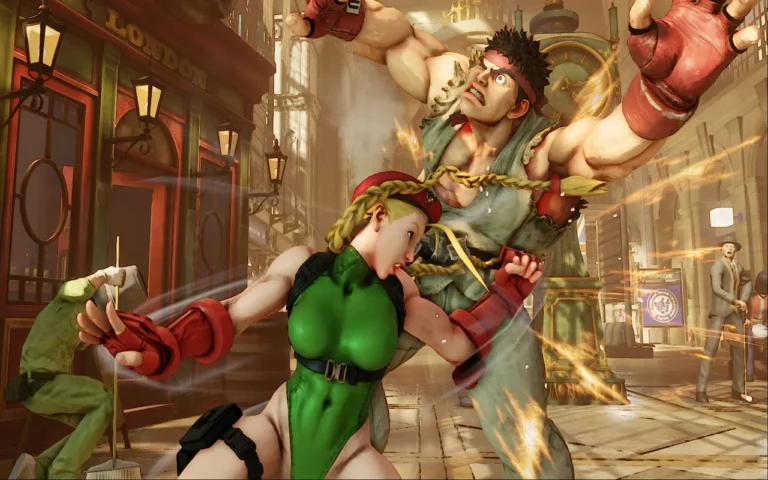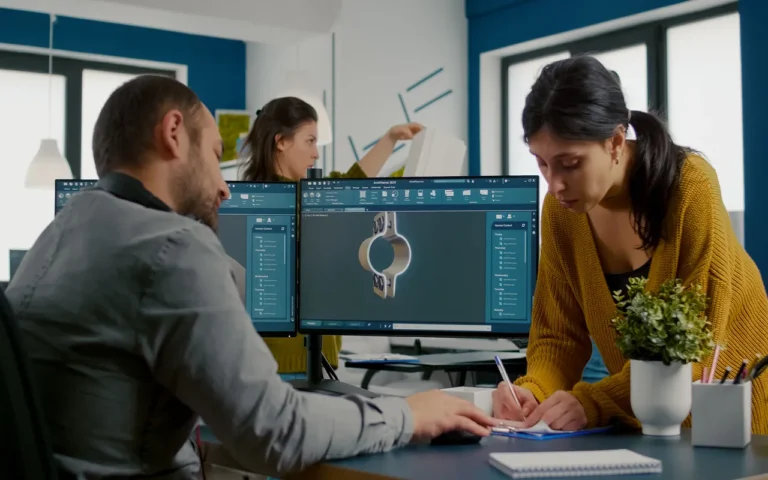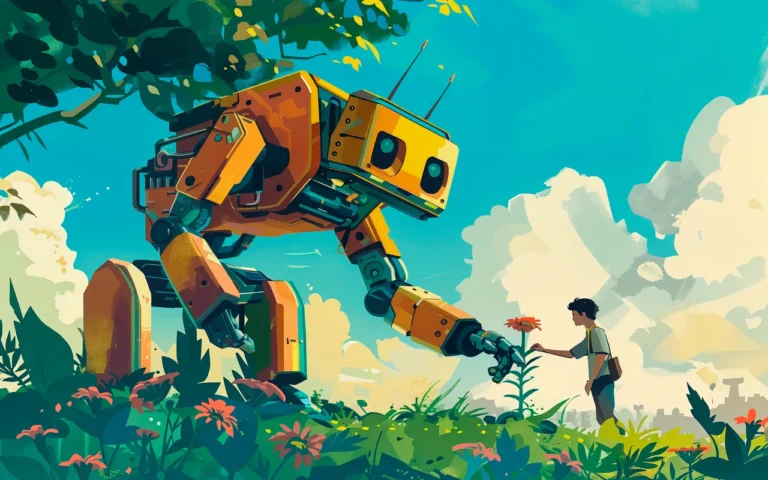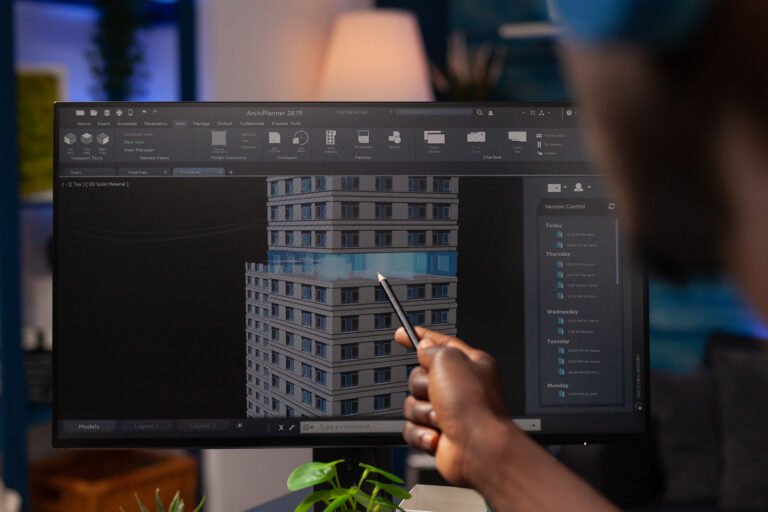Facial animation is a complicated technique that requires specialized knowledge. It distinguishes a professionally made animation from amateur work. Facial animation can seem intimidating at first, but if it is broken down to simpler steps and some facial animation tips are followed, it is indeed an achievable task. If done correctly, facial animation allows characters to convey emotions and expressions, and makes the audience sympathize with characters. In this post, we will discuss facial animation tips and techniques that are highly important in creating believable facial animation.

Need Animation Services?
Visit our Animation Service page to see how we can help bring your ideas to life!
Facial Anatomy and Expressions
The human face relies on various muscles, bones, and joints to create expressions and produce speech. A 3D artist should study facial anatomy to understand important facial muscles and how their movement creates facial expressions and affects the skin. A good tip is to watch anatomy animations on YouTube to understand. In the next part, we will cover key anatomy features of the human face and how they can be animated.
Eyes and the Illusion of Life
Eyes play a key role in giving life to animated characters. Understanding what muscles surround the eyes and how their transition from one state to another creates a new facial expression is crucial.
Eyelids are probably the most important muscle when animating eyes.They consist of upper and lower parts that protect our eyes and allow us to close them. Understanding eyelids and the timing with which they move is key to creating eye animations. The Orbicularis Oculi is the muscle surrounding the eyes that enables us to blink and smile. Understanding its shape and how it compresses and expands is crucial to creating believable eye animations. 3D artists should study the correct anatomy of all parts involved in eye animation to accurately weight paint vertex groups around the eyes and apply rig handles to them.

Eyebrows and Emotions
Eyebrows are the first parts of the human face that render emotions. Usually, the first reaction we demonstrate with our face is through the eyebrows. To animate eyebrows properly, a 3D artist should be aware of two main muscles, the frontalis muscle and Corrugator Supercilii. Remembering their names is not important, but knowing how they affect the eyebrows is. The Frontalis is the large muscle that runs from the top of the eyebrows to where the forehead ends. It is responsible for moving eyebrows up and out.

Corrugator Supercilii is the small muscle located exactly beneath the eyebrows.This muscles help us frown and express emotions like anger. In order to create professional eyebrow animation, the Corrugator Supercilii and the Frontalis muscles are usually animated together.
A useful tip to have in mind in eyebrow animation is when demonstrating reactions that occur naturally, like anger and fear, eyebrows are symmetrical, while actions that are rather intentional like expressing suspicion and questioning, eyebrows are asymmetric.Also, using reference sheets that depict eyebrow shapes for different emotions can be very beneficial in figuring out how to adjust eyebrows to clearly express emotions.

Lip Syncing and Mouth Movements
Lips and the mouth help us communicate through speech, express emotions, breathe, and eat. Thus, they take various shapes. To animate a character talk, different sounds should be matched with separate mouth shapes in a process called lip syncing. Lip syncing is a complicated process that involves moving mouth muscles in a 3D character and setting them in certain positions for the specific frames where the corresponding phoneme is being articulated by voice actors.
Several joints and muscles like the Orbicularis Oris, which is the main muscle moving our lips, are involved in closing and opening lips. Studying how various different mouth shapes adjust the airflow that creates various sounds helps tremendously in creating lip sync animation. Also, understanding the place of articulation for different sounds is beneficial. For example, paying attention to how sounds /m/ and /b/ are produced when lips are closed.

Expressing Emotions Through Facial Animation
Facial animation is the primary way through which emotions are expressed in character animation. Without it, creating lifelike characters would be almost impossible. It is a technique that has been featured since the early days of 2D animation to the current era of blockbuster 3D animation. A good animator should capture subtle facial movements and changes and recreate them in an animated character. Facial animation involves a time-consuming and laborious process, which brings us to the next point we will cover. How are these animations created and what are some tools and facial animation tips that can make the process of facial animation efficient ?
How is Facial Animation Created ?
Facial animation can be created using 3D animation programs like Autodesk Maya, Blender, and Cinema 4D. Artists create detailed faces for 3D characters and assign virtual bones to each part of the face that needs to be animated. This process is called facial rigging and it requires a proper understanding of human anatomy. The next step in creating facial animation is to manipulate these virtual bones, and animate facial features over time. Animating facial features can be done both manually with manipulating these handles, or automatically using motion capture techniques or AI-powered software.
Facial animation for high-quality feature animation is usually created using the motion capture technique. It involves attaching multiple markers to an actor’s body and face. The actor’s movements and expressions are then recorded and transferred to a 3D program where rigged characters are ready to be animated. This recorded movement data will be applied to various parts of the face over time and that is how realistic facial animation is created. Motion capture is generally a less time-consuming animation method, but it requires specialized suits, devices, markers, and software.
What Are Some Tips to Create Facial Animation Faster?
As explained earlier, creating facial animation is a tedious task. However, there are some methods that facilitate creating facial animation. Let’s explore some facial animation tips and techniques that are used to expedite the process.
Blend Shapes
A widely used method in facial animation is a tool called blend shapes. With the help of blend shapes, animators can interpolate between two morph targets by changing some values. Blend shapes are very useful and can reduce the amount of manual work required to move every single muscle in a face rig.
Using Pre-Made Rigs
Creating rigs from scratch is not always necessary for facial animation. Many studios use pre-made rigs that come with detailed facial bones. These rigs are just templates that can be adjusted to fit various 3D models. They can be bought, or downloaded for free from 3D model stores. They remove the need to rig characters and can accelerate the facial animation process.
Using AI-Powered Facial Animation
Artificial intelligence has shaken many industries in the past few years, and the animation industry is no exception. The technology is behind some AI-powered facial animation programs like iClone and Metahuman that can create facial animations on the fly. These programs can interpret facial expressions recorded via a phone and apply them to a rigged character. Facial animation created using this method is somewhat realistic, unlike the exaggerated cartoonish look found in feature animation. This method is widely used in the video game industry. Games do not require highly detailed facial animation. Simplified facial animation is more than enough for cinematics and interactions in video games. AI facial animation does not always require a camera, as some programs have automated lip syncing and facial animation systems that animate facial features based on the input words and sounds.
Read More: AI and Animation
Using References
Reference images and footage are another useful method in creating facial animation. Some studios record live-action footage that acts as the reference for the shots that are going to be animated, and facial features are animated frame by frame according to the actual footage. This method accelerates the facial animation process considerably and is very useful when the costs of using motion capture systems are not justified or the project’ has a tight budget.
Final Words
Facial animation is the magic that brings 3D characters to life. It helps animators turn a 3D shape into a unique creature filled with emotions that can stay in the heart of millions of viewers for decades. Storytelling is much easier when advanced facial animation tools and techniques are at your disposal. Making viewers understand what a CG character feels is a very complicated task that is not easy for many studios and animators. And it is all achieved by the magic of facial animation and Its depth that can’t be covered in a single article. The ideas and facial animation tips we covered in this post were just the tip of the iceberg, but we hope they guide those looking for more.

